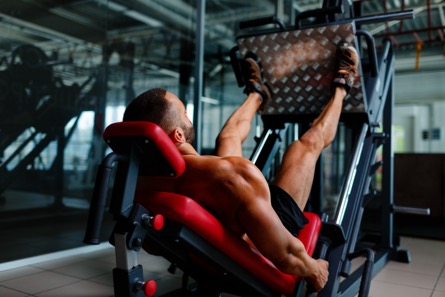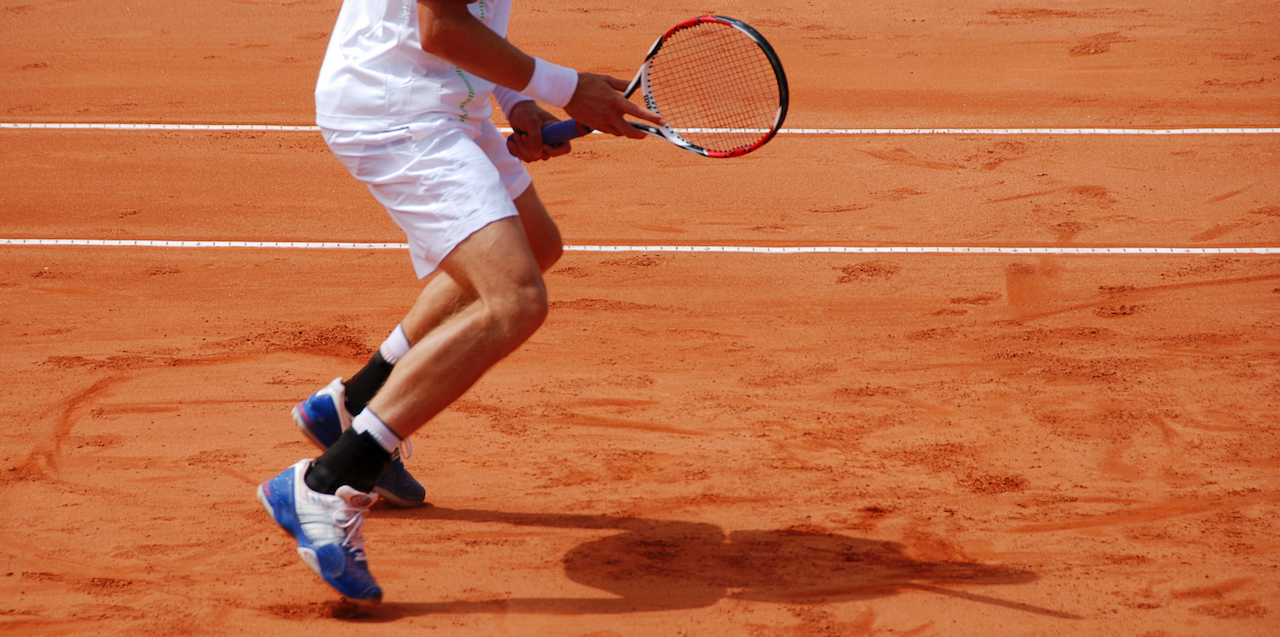ACL Rehabilitation
Rehabilitation is a vital part of your return to fitness, both for post-surgical ACL rehabilitation, or where possible, to help settle down ACL injuries without surgery.
Rehabilitation involves a tailored programme of exercises to support improvements your range of motion, strength and proprioception.

“Hi, For anyone contenplating having knee surgery Dr Charles Wilis -Owen is probably the finest surgeon in the country ! I had my second full knee replacement in Dec. 22 - now no pain ! walking 3-4 miles and cycling 20 miles at any one time- not everyday but 3 or 4 times a week. Can't recommend Charles enough- - Great surgeon. - Great communicator- - Everthing explained sympathetlcly. - No nonsense- positivity all the way. Best Martin Clark- Broadstone.
What is the Anterior Cruciate Ligament?
The ACL is a strong ligament that runs diagonally through the middle of your knee. It stabilises the knee and stops it giving way, especially when you twist or pivot. As well as its mechanical role, it serves as a very important sensor to contribute to balance and joint position sense (proprioception).
“Hi, For anyone contenplating having knee surgery Dr Charles Wilis -Owen is probably the finest surgeon in the country ! I had my second full knee replacement in Dec. 22 - now no pain ! walking 3-4 miles and cycling 20 miles at any one time- not everyday but 3 or 4 times a week. Can't recommend Charles enough- - Great surgeon. - Great communicator- - Everthing explained sympathetlcly. - No nonsense- positivity all the way. Best Martin Clark- Broadstone.
Rehabilitation and return to sport
The success or failure of an ACL reconstruction is very dependent on rehabilitation. It is said that the final result is about one third down to the surgery and two thirds down to the rehabilitation!
In the early weeks your graft is very fragile and needs protecting from undue stress whilst at the same time the priority is to regain the knee range of motion and muscle strength.
The next stage is to start walking with a normal pattern.
Working on joint position sense, or proprioception, is critical to ensuring a safe return to sport. Proprioception is the sensation of knowing what position a joint is in without looking at it. This usually happens at a subconscious level and one of the key ‘sensors’ for the knee joint is the ACL. When your ACL is injured your proprioception is ruined and this makes the knee clumsy. This dramatically increases the chance of re-injuring that knee, or injuring the other knee. The new graft does not have a nerve supply so can never contribute to proprioception like a normal ligament. The other ligaments and muscles of the knee also act as sensors for proprioception, and by doing specific exercises you can make these work harder and replace the proprioceptive function of the ACL.

Safe return to sport needs a number of things to be in place. The graft should have matured and have reached a good strength. This typically takes 9-12 months. Your muscle strength should be within 95% of your good leg. Your proprioception should be as good or better than the other leg. Depending on your physio these can be tested in easy, or more sophisticated ways. Quite a good way of testing overall strength is to see how far you can hop, from standing, on each leg. A good way of testing proprioception is to see how long you can balance on one leg with your eyes shut. These measures, and your progress with sports specific drills, will help to guide when to return to sport. Remember there is everything to lose by going back too soon and rupturing your graft! Typically most sportspeople take 9 – 12 months to get back to their pre injury level.